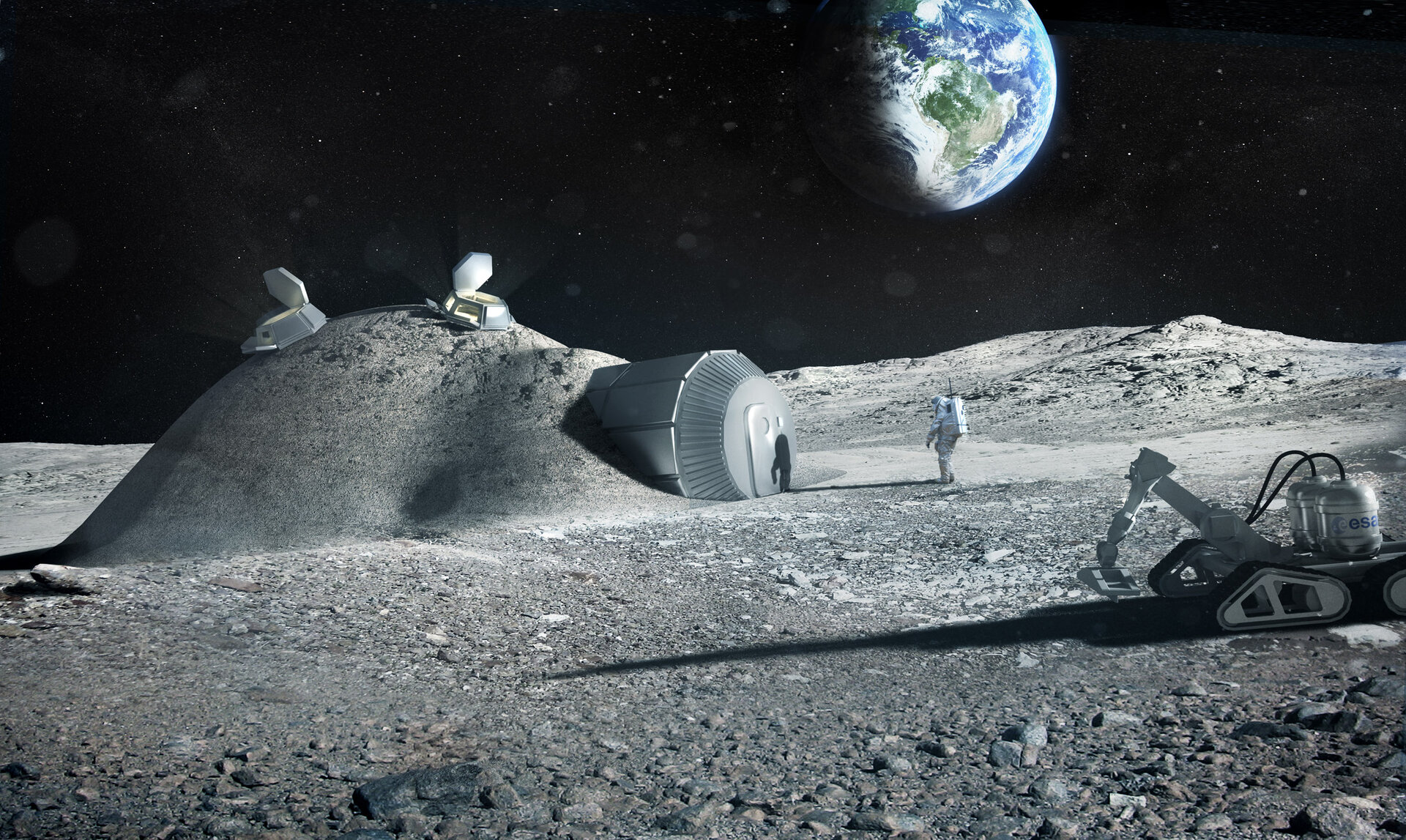Electricity has revolutionized the world like nothing ever has, and it's impossible for humanity to imagine a life on Earth without it. Now, if we could generate electricity in space that can revolutionize the space travel as well as living on other destinations than earth. The importance of the nuclear power to energy security is becoming increasingly clear as it is the only large-scale, carbon-free electricity source that can widely be expanded to produce large amounts of electricity. Moreover, fission surface power is necessary in places where solar power, wind power, and hydro power are not readily available.
The well maintained and protected nuclear power plants can prove to be a boon to meet the society’s growing energy demand but the fear of break down or leakage of nuclear radiations as well as nuclear waste disposal has always kept people skeptical about the setting up or expansion of nuclear power plants near their vicinity. But with the technological advances in all the spheres of nuclear power generation e.g., safety, efficiency, waste disposal management, recycling and storage of nuclear fuel will be an important next step for the nuclear power industry and the benefit of power consumers.
Requirement of more power for the ever growing population on earth and with decreasing availability of safe heavens for installing the nuclear power plants due to overcrowding, increasing technological expertise & success in space exploration and travelling missions countries like USA and China are working on the projects to set up nuclear power plants at Moon or Mars. NASA wants to put a durable, high-power, sun-independent nuclear power plant on the moon by 2030. According to NASA, the nuclear power reactor on Moon will help sustain future missions on the Moon, Mars and beyond. NASA is planning to build a uranium-powered nuclear reactor that can fit inside a 12-foot-long by 18-foot-wide (4 by 6 meters) rocket. The reactor will be assembled on Earth and afterwards, it will be integrated with a lunar lander, and a launch vehicle will transport it to an orbit around the moon. A lander will lower it to the surface, and once it arrives, it will be ready for operation with no additional assembly or construction required. The power reactor must provide 40 kilowatts of continuous electric power for 10 years. The reactor must also have temperature controls to keep the device cool as the temperature on the moon can reach more than 260 degrees Fahrenheit, or 127 degrees Celsius, during the day.
The idea of a nuclear reactor on the moon may seem unusual to the general public — or even dangerous while there were many factors to consider in this effort, the issue of whether it’s safe to use nuclear power in space is not one of them as Nuclear energy has been used in space numerous times before. NASA and the U.S. Department of Energy will seek proposals from industry to build nuclear power plants on the moon and Mars to support its long-term exploration plans. The goal is to have a flight system, lander and reactor ready to launch by 2026. The proposed reactor must be a uranium-powered fission reactor — that is, an apparatus that can split heavy atomic nuclei into lighter nuclei, releasing energy as a byproduct. The reactor must weigh no more than 13,200 pounds (6,000 kilograms), and fit into a rocket with the dimensions listed above. This hypothetical reactor would help turn the moon into an extraterrestrial base for human space exploration, including future manned missions to Mars. It is expected that fission surface power systems to greatly benefit the plans for power architectures for the moon and Mars and even drive innovation for uses here on Earth. Once the technology is proven through the demonstration, future systems could be scaled up or multiple units could be used together for long-duration missions to the moon and eventually Mars. Later on the Uranium which exists on the moon, according to new data from a Japanese spacecraft can be used as a fuel in the nuclear power plant on Moon.
